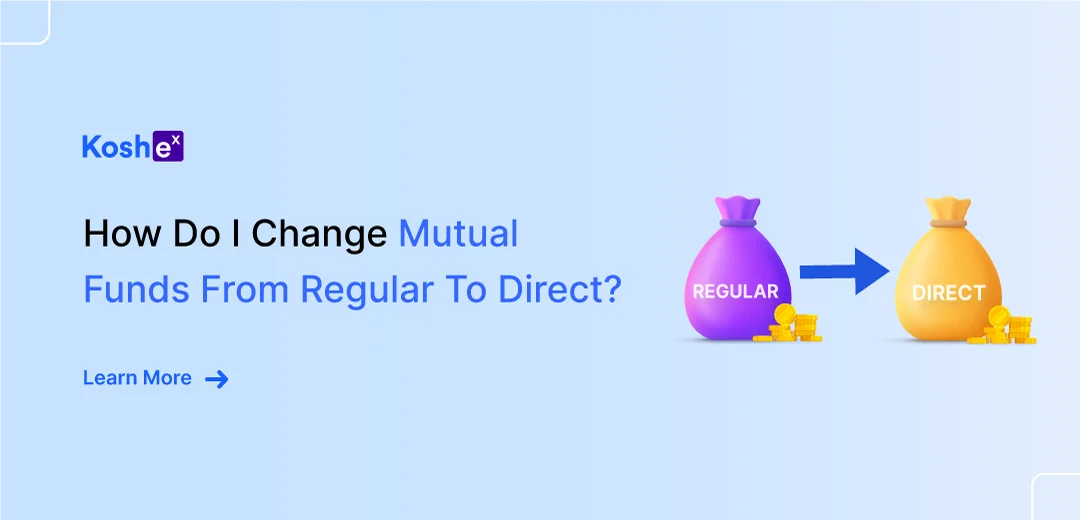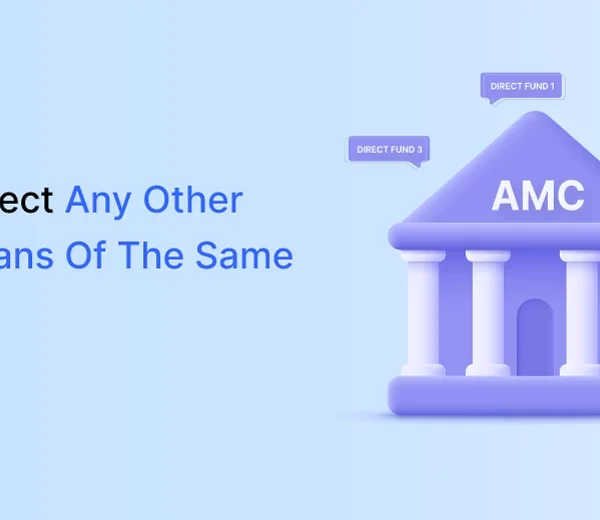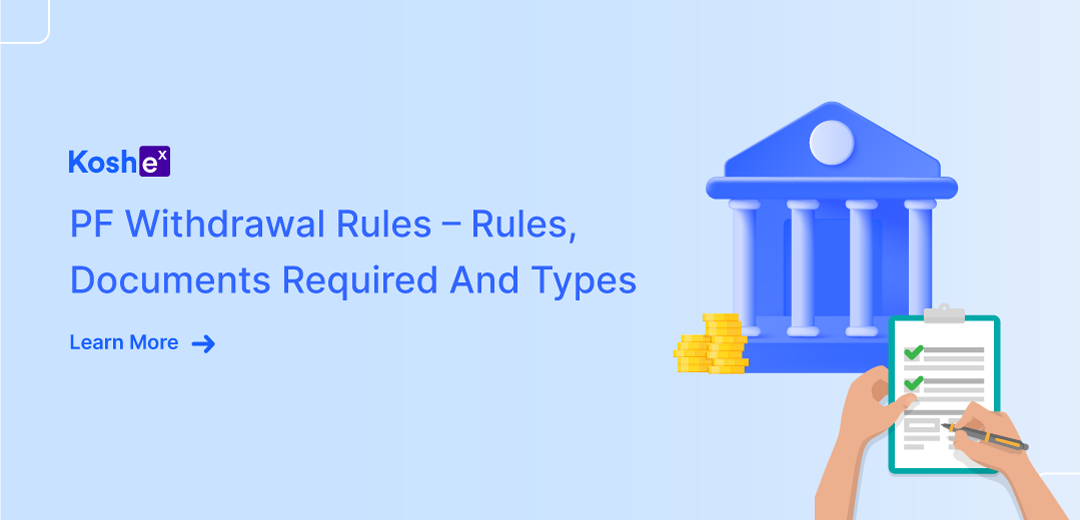Mutual funds are a popular investment option due to their potential for high returns and risk diversification. But did you know mutual funds are available in two variants— Regular Plans and Direct Plans? While both plans invest in the same mutual fund scheme, there is a difference in expense ratios, which impacts returns. While investing in regular plans involves intermediaries, investing in direct plans cuts out the intermediaries, resulting in a lower expense ratio and higher returns. This article discusses the steps to change mutual funds from regular to direct plans.
What are Regular and Direct Funds?
Regular and direct plans are the two options for investing in mutual funds in India. Regular plans are mutual fund schemes sold through intermediaries like distributors, brokers, or financial advisors.
These intermediaries receive a commission from the fund house for their services, paid from the investor’s investment. The commission is generally 1–2% annually and is deducted from the scheme’s Net Asset Value (NAV).
On the other hand, direct plans are mutual fund schemes bought directly from the fund house without the involvement of an intermediary. As no intermediary is involved, no commission is paid either. Hence, the expense ratio of direct plans is lower than that of regular plans. This results in higher returns for investors over the long term.
Now that we have a basic idea of regular and direct funds, let us dive into how you can change mutual funds from regular to direct plans.
How to Switch from a Regular to a Direct Plan?
Switching mutual funds from a regular to a direct plan is easy and can be done online or offline, depending on the AMC.
Online Mode:
- Log in to your mutual fund account.
- Go to the ‘Dashboard’ where all your mutual fund investments are listed.
- Select the mutual fund scheme against which you find the word ‘Regular’.
- This will display all the details related to that scheme. Click on the ‘Switch to Direct’ option available on the page.
- Click on the ‘Confirm’ button, and you’re done.
Whenever you visit the ‘Dashboard,’ you’ll find the word ‘Direct’ written against your invested scheme
Offline Mode:
- Visit the nearest branch of the mutual fund house of the scheme in which you have invested.
- Ask for a ‘Switch Form’. If this option is not available with your fund house, you need to ask for a Redemption Form.
- Fill in the required details, sign, and submit it.
- You will receive an email from the fund house when the switch is processed. In case of redemption, you will have to fill up a fresh purchase form for the direct plan once the money gets credited to your account.
Why Choose Direct Plans Over Regular Plans?
Switching mutual funds from regular to direct plans is a no-brainer if you want to maximize your investment returns. Compared to regular plans, direct plans of mutual fund schemes offer lower expense ratios, which can translate into higher returns over the long term.
Moreover, direct plans also offer the benefit of compounding, which means that the amount saved on the expense ratio gets reinvested, resulting in higher returns over time. This is particularly true for long-term investments, where even a small difference in the expense ratio can significantly impact the final returns.
Another advantage of direct plans is that they are more transparent than regular plans, as the investor deals directly with the fund house. This eliminates the possibility of any conflicts of interest that may arise in the case of an intermediary or agent.
Things to Consider Before Switching To Direct Plans
Switching mutual funds from regular to direct plans can be a wise financial decision, but it is important to consider a few things before switching. They are as follows:
- Lock-in Period
Regular investments can only be transferred to direct plans once the lock-in period of the regular units has ended. It is essential to ensure that the scheme’s lock-in period has ended before making the switch. - Exit Load
Exit load applies to various mutual fund categories such as equity, debt, and hybrid for varying periods. Ensure that the current plan you have invested in does not feature an exit load. The application of exit load decreases the redemption value, reducing the amount invested into the direct scheme. - Taxation
Switching mutual funds from regular to direct plans is considered redemption. Therefore, the switch does attract the application of capital gains tax. It is important to understand the tax implications of switching from a regular to a direct plan and plan accordingly. - Returns
The primary motivation for switching mutual funds from regular to direct plans is to receive higher returns due to lower expense ratios. However, it is important to consider other factors, such as the fund’s past performance, investment goals, and risk appetite, before making the switch. - Expert Opinion
Seeking advice from a financial expert can help you make an informed decision about switching mutual funds from regular to direct plans. A financial expert can analyze your investment portfolio, goals, and risk appetite to help you make the right decision.
Final Words
Switching mutual funds from regular to direct plans can be a smart financial move to maximize returns, as direct plans carry lower expense ratios and offer the benefits of compounding. The process of switching can be done easily both online and offline, depending on the AMC. However, it is important to consider certain factors like lock-in period, exit loads, taxation, and past performance before making the switch. Seeking expert advice can also help make an informed decision about switching.
Investors should understand the difference between regular and direct plans, as it can significantly impact their returns in the long term. By switching to direct plans, investors can save on the commission paid to intermediaries and reinvest the savings, resulting in higher returns over time. The transparency and absence of conflicts of interest in direct plans also make them an attractive option. Overall, investors should carefully consider their investment goals, risk appetite, and other factors before deciding to switch from regular to direct plans.
To ensure you make the best decisions about your investments, you may want to consider signing up with Koshex. Koshex is a wealth management app that offers personalized investment recommendations to enhance your financial life, making you achieve your life goals faster. So, don’t wait any longer. Sign up with Koshex today and take control of your financial future.
FAQs
Can I switch from a Regular Plan to a Direct Plan for any mutual fund scheme?
Yes, you can switch from a Regular Plan to a Direct Plan for any mutual fund scheme. However, make sure that the lock-in period of the Regular Plan has ended and that there are no exit loads associated with the scheme. Also, keep in mind the tax implications of switching and consider other factors such as the fund’s past performance, investment goals, and risk appetite before making the switch.
Does switching to a Direct Plan guarantee higher returns?
Switching to a Direct Plan of a mutual fund scheme can result in higher returns over the long term due to the lower expense ratio. However, there is no guarantee that switching to a Direct Plan will guarantee higher returns. It is important to consider other factors such as the fund’s past performance, investment goals, and risk appetite before making the switch. Seeking advice from a financial expert can also help in making an informed decision.









Leave a Comment